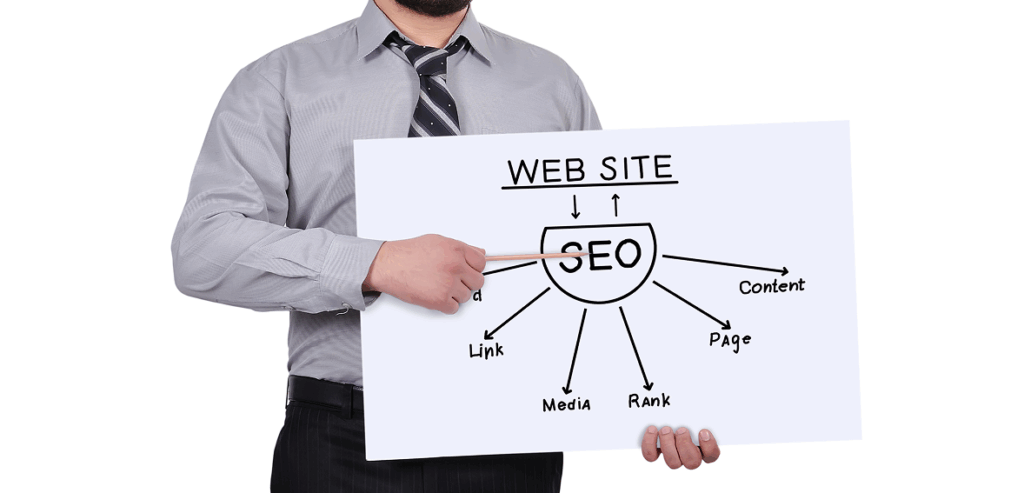By Mary Peterson August 11, 2025
In 2025, the way search engines evaluate websites has evolved significantly, but backlinks remain a critical factor in determining search visibility. While SEO has undergone major changes with advancements in AI, voice search, and semantic understanding, backlinks continue to act as one of the strongest signals of authority and trustworthiness. The debate between quality and quantity is not new, but the stakes have grown higher as search algorithms become better at filtering out manipulative link-building tactics. The focus now is less on simply acquiring as many backlinks as possible and more on securing the right kind of links that truly enhance a website’s credibility.
Businesses, bloggers, and marketers who understand the shift in backlink value are able to adapt their strategies to fit the modern SEO environment. Instead of chasing numbers, they aim for relevance, contextual placement, and natural acquisition. This approach aligns better with search engine goals and user expectations, leading to sustainable ranking improvements. With the competition for visibility increasing and search platforms relying on more advanced quality signals, the balance between link quality and quantity has never been more important.

The Evolving Role of Backlinks in SEO
Backlinks have always been seen as a vote of confidence from one website to another, and that concept still holds true in 2025. However, their role is no longer just about improving rankings. They now contribute to brand authority, online reputation, and referral traffic in ways that extend beyond search engines. Search algorithms are now sophisticated enough to assess not only the presence of backlinks but also their origin, context, and engagement value. This means that low-quality links from unrelated sources carry little to no benefit and can even harm rankings.
The modern SEO landscape rewards websites that build backlinks from sources genuinely connected to their niche or industry. A link from a reputable industry publication is far more valuable than hundreds of random directory links. The reasoning behind this is simple: such links reflect genuine trust and interest, which search engines recognize as a sign of authority. As SEO moves further toward user-focused ranking factors, backlinks work best when they provide both search value and real user engagement.
Why Quality Outweighs Quantity in 2025
The shift from quantity-driven to quality-driven backlink strategies is rooted in the way search engines now interpret link patterns. In earlier years, having a large number of backlinks was enough to push a site higher in rankings, but that approach led to widespread spam and link manipulation. Search engines have since developed advanced filters to detect and penalize such practices, meaning that link farms and bulk directory submissions are now largely ineffective.
Quality backlinks, on the other hand, send a clear signal of relevance and trust. They often come from websites with high domain authority, real readership, and content that aligns closely with the linked site. These links are typically harder to acquire because they require meaningful content, outreach, and sometimes existing relationships with publishers. The result is a smaller but far more effective backlink profile that can withstand algorithm changes and continue delivering value over time.
How Search Engines Measure Backlink Quality
Search engines in 2025 measure backlink quality using a combination of factors that go beyond the traditional PageRank model. Relevance remains a top priority, meaning that a link from a site within the same or related niche carries more weight than one from an unrelated topic. Authority also plays a role, as backlinks from established and trusted domains pass on more credibility than those from newer or low-traffic sites.
Another important factor is the context in which the link appears. Links embedded within relevant, high-quality content are far more valuable than those placed in footers, sidebars, or unrelated articles. Search engines also examine the anchor text to ensure it is natural and relevant rather than over-optimized. Engagement signals, such as whether users click on the link and interact with the destination page, further help search engines determine the link’s real-world value.
The Risks of Pursuing Quantity Over Quality
Chasing backlink quantity without regard for quality can lead to significant risks in 2025. Search engines are now adept at spotting unnatural link-building patterns, and sites that engage in manipulative practices risk penalties that can severely impact their visibility. Common red flags include a sudden spike in backlinks from unrelated sources, repeated use of identical anchor text, and links from low-quality or spammy websites.
Even if such tactics produce short-term gains, they often lead to long-term setbacks as algorithms catch up. Recovering from a penalty can be time-consuming and resource-intensive, requiring disavowal of harmful links and rebuilding trust with search engines. More importantly, low-quality backlinks rarely provide meaningful referral traffic or brand exposure, making them a poor investment compared to links that are earned naturally through valuable content and industry connections.

Building High-Quality Backlinks in 2025
In today’s SEO environment, building high-quality backlinks requires a strategic, content-driven approach. This starts with creating content that is worth linking to, whether it’s an in-depth guide, original research, or engaging multimedia. Such content naturally attracts attention from reputable websites that want to reference valuable resources. Outreach plays a critical role in this process, with personalized communication to relevant site owners, journalists, and industry influencers increasing the chances of earning a link.
Guest posting remains effective when done selectively and with a focus on providing value to the host site’s audience. Collaborations, interviews, and partnerships can also lead to natural link opportunities. Social media amplification further enhances link-building efforts by increasing content visibility and engagement, which can catch the attention of potential link sources. The emphasis is on quality over speed, as building a sustainable backlink profile is an ongoing process that requires consistent effort.
The Role of Content in Attracting Quality Links
Content is at the core of any successful link-building strategy in 2025. Without valuable, relevant, and engaging content, attracting high-quality backlinks becomes nearly impossible. Search engines now prioritize link-worthy content that answers questions, solves problems, or provides unique insights. This has shifted the focus from creating large volumes of content to producing fewer but more impactful pieces that can stand out in competitive niches.
Formats like long-form articles, original studies, infographics, and interactive tools tend to attract more organic links. Storytelling also plays a role, as content that connects emotionally with readers is more likely to be shared and referenced. The goal is to create resources that are so valuable that other websites naturally want to link to them, eliminating the need for aggressive link solicitation.
Backlinks and E-A-T in 2025
Expertise, Authoritativeness, and Trustworthiness (E-A-T) have become key principles in modern SEO, and backlinks are a major factor in establishing these qualities. A link from a respected authority in your industry acts as an endorsement of your credibility, reinforcing your position as a trusted source of information. This is especially important in sensitive industries like health, finance, and legal services, where misinformation can have serious consequences.
Backlinks from recognized experts, reputable publications, and established organizations carry more weight than ever before. They not only influence rankings but also contribute to a site’s overall reputation in the eyes of both search engines and users. In this way, quality backlinks support the broader goal of building a strong, trustworthy online presence.

How AI is Changing Link Analysis
Artificial intelligence has transformed the way search engines and SEO professionals analyze backlinks. Machine learning models can now evaluate patterns, context, and relevance with greater precision, making it harder for low-quality links to slip through. AI tools also help marketers identify potential link opportunities by analyzing competitor backlink profiles, trending topics, and niche-specific content gaps.
For search engines, AI-driven analysis means a more accurate assessment of link value and intent. This results in rankings that better reflect genuine authority rather than artificial manipulation. For marketers, it means that backlink strategies must be grounded in authenticity, as shortcuts are increasingly easy to detect.
The Future of Link Building Beyond 2025
Looking ahead, backlinks will continue to play an important role in SEO, but their evaluation will likely become even more nuanced. Search engines may place greater emphasis on user engagement and brand signals, with backlinks serving as just one part of a broader credibility assessment. As the web becomes more semantically connected, the relevance and intent behind links will matter more than ever.
The role of partnerships, community engagement, and brand-building in link acquisition will also grow. Instead of focusing solely on ranking benefits, businesses will aim to build relationships that result in backlinks as a natural byproduct. This shift will make backlink strategies more sustainable and aligned with long-term business goals.
Conclusion
In 2025, the debate over backlink quality versus quantity has a clear answer: quality wins. Search engines now have the tools to identify authentic, relevant, and high-authority links while filtering out manipulative tactics. Businesses and marketers that focus on building meaningful connections, creating valuable content, and earning genuine endorsements will not only improve their search rankings but also strengthen their brand reputation. The future of SEO belongs to those who see backlinks not just as a technical ranking factor but as a reflection of trust, authority, and genuine value in their industry. By prioritizing quality over quantity, websites can build sustainable visibility and resilience in an ever-changing digital landscape.